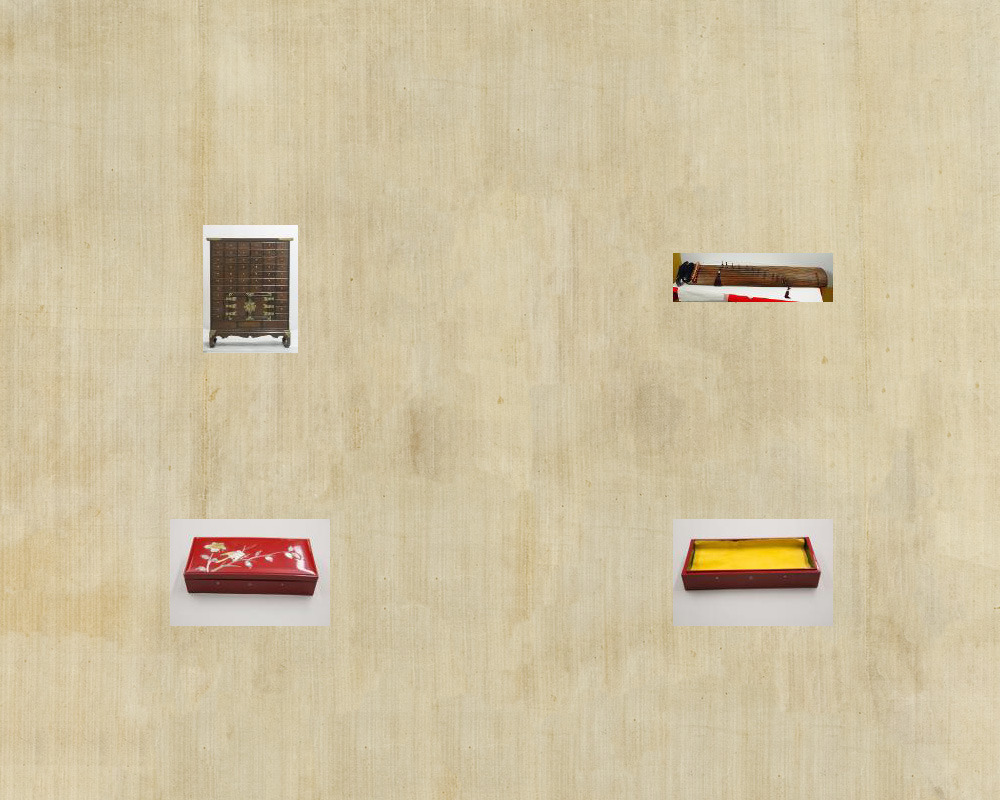This category includes woodwork and lacquerware of the 20th century. During the Japanese occupation of Korea (1910-1945), the introduction of new technology and infrastructure led to a shift to industrial manufacturing and the decline of hand-made wood and lacquer craft. As lacquer with mother-of-pearl inlay was popular among the Japanese, a workshop was set up where Korean lacquer craftspeople produced inlaid lacquer for Japanese consumers. For the recognition and fostering of the modern crafts, including wood- and lacquer, the establishing of the crafts section in the public exhibition organised by the colonial government, Joseon Art Exhibition (Joseon misul jeollamhoe), in 1932, was crucial.
After the liberation, crafts were made recognised subjects at universities and were represented in the National Art Exhibition of The Republic of Korea (Daehanminguk misul jeollamhoe). As a result, new generations of craftspeople and designers emerged from around the 1960s and ensured the continuation of traditional wood and lacquer craft, as well as the flourishing of contemporary wood- and lacquer art and design. Furthermore, the woodcraft and the craft of inlaying lacquer with mother-of-pearl were designated as Intangible Cultural Heritage under the Cultural Heritage Protection Act of 1962.
To date, this category only consists of one piece of traditional furniture, a musical instrument (Gayageum) and a lidded traditional lacquer box inlaid with mother-of-pearl. However, the Museum of Far Eastern Antiquities aspires to complement its Korean collection through additional acquisitions.


 ARTIKLAR I WIKIPEDIA
ARTIKLAR I WIKIPEDIA ARTIKLAR I WIKIDATA
ARTIKLAR I WIKIDATA BILDER I WIKIMEDIA COMMONS
BILDER I WIKIMEDIA COMMONS






